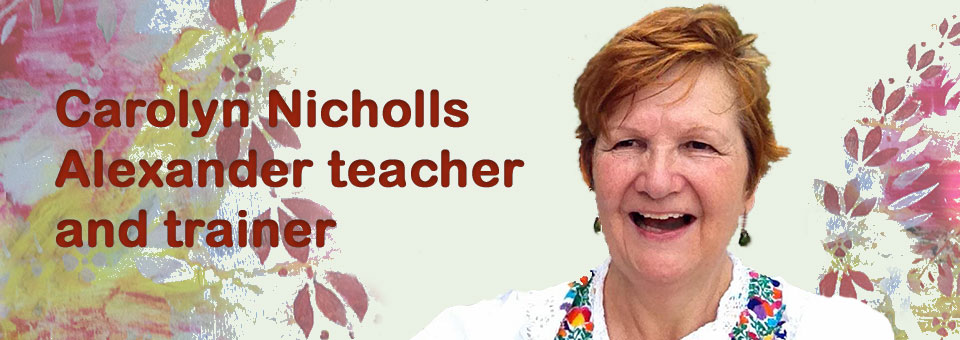One thing I have noticed amongst my clients is an increase in the number of them complaining of neck pain. This includes young people in their 20’s and 30’s who are often doing a great deal of computer work either as students or in their job. So what is it about the neck and why does it so often give us pain? Your neck has seven vertebrae, so does a giraffe and so does a mouse. As a human being your neck and the whole of your spine is vertical, whereas if you were a mouse, your spine would be horizontal. This simple change of direction means your neck has different mechanical challenges to cope with compared to other mammals. Your neck is very slender and has to balance your heavy head on top. The only way you can support your head so you can see where you are going, is by using the muscles of your neck and back to hold it up. Everyone knows when you fall asleep on the train, your head falls forward-you literally ‘nod-off’ because you no longer generate the muscle tone needed to support you.
Our problems can start because of two factors. First of all we simply don’t employ the full range of movement available to us. If we sit at desks all day we spend most of the time with our head, neck and shoulders held in one position staring at the computer screen. Wearing glasses further rigidifies us, as our visual field is restricted. Our necks are very flexible and designed so we can look all around us all of the time, but we rarely do, except perhaps on a walk.
The second factor is we tend to use an excessive amount of tension in our necks and backs, far more than we really need. This tension is mostly unnoticed by us and is so much of a habit we accept it as normal, but it’s not and over time can lead to problems. Some of my clients who have neck pain know why it happened, usually an injury; but for many people neck pain seems to have no cause, either coming on gradually or stiffening up slowly until the point comes when it’s a serious problem. Restricted neck mobility means you can’t reverse your car easily, or look over your shoulder to see what is around you; it has a knock-on effect through your whole body leading to you tightening up more muscles and restricting your breathing.
As an Alexander teacher my approach to neck pain, after ensuring my client has sought appropriate medical opinion, is to help them learn to release excessive tension in a way that allows their whole body to lengthen. It’s a question of understanding how the head, neck and back all influence each other and how you can make the best use of your body to minimize pain and maximize flexibility. For my younger clients, simple changes in habits of tension, plus the awareness exercise of semi-supine can make a huge difference to them. For older clients it can take a little longer simply because they have more muscle habits to undo, but I have taught people in their 70’s and 80’s who have rediscovered a more natural use of their bodies and been all the better for it.
